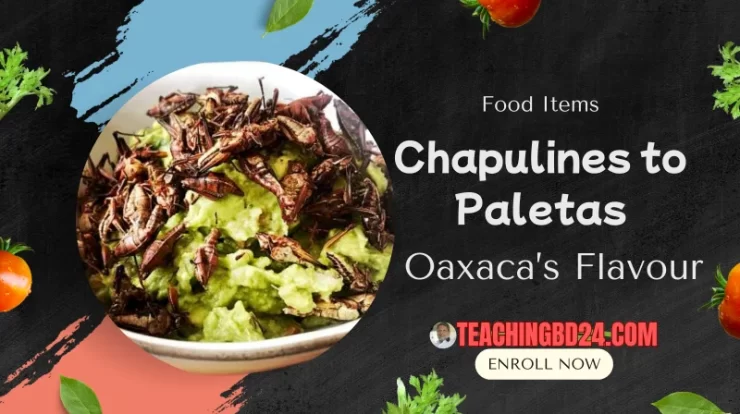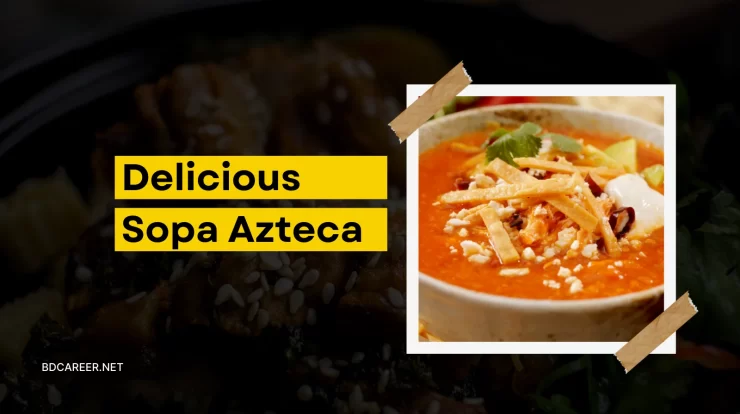
Most people immediately think of churros, flan, or tres leches cake when they think about Mexican desserts. However, there is a meal that is much more than just a sweet delight that is hidden away in Mexican kitchens, particularly during the solemn season of Lent. It’s capirotada, a simple Mexican bread pudding that, with each taste, embodies centuries of faith, history, and family custom.
Capirotada is straightforward at first glance. Bread pieces, cheese, syrup, dried fruit, and nuts are piled and baked. However, beyond that simplicity is a tale of religious symbolism, cultural resiliency, and colonial commerce. Dessert is a form of devotion, food is a form of prayer, and for many families, it is the flavour of memories.
Let us examine the origins of this heartfelt cuisine, its spiritual significance, and its ability to bridge generations.
Contents
A Dessert Born of Faith
Mexican tables weren’t the only places where capirotadas were served. It combines indigenous ingredients with Spanish culinary influences, much like a lot of Mexican food. The fondness for bread puddings that the Spanish colonists brought with them was something they themselves inherited from medieval European cooking customs. In order to stretch ingredients during times of scarcity, these recipes frequently used stale bread soaked in flavoured liquids and stacked with cheese or meat.
Food played a significant role in religious rituals as Catholicism expanded throughout Mexico, particularly during Lent, the forty days of introspection, sacrifice, and preparation that preceded Easter. People searched for healthy, satisfying recipes that could feed families while adhering to the ban on meat.
Capirotada was the ideal answer because it was affordable, symbolic, and socially beneficial. It was a dish to think about, not just something to eat. Every morsel served as a reminder of Christ’s suffering and resurrection promise.

Spiritual Symbolism in Every Ingredient
One of the most striking things about capirotada is that it’s not just food. It’s a symbolic retelling of the crucifixion story. Over the centuries, families and communities have ascribed meaning to its core ingredients, transforming the pudding into an edible catechism.
Here’s how the symbolism unfolds:
- Bread: Represents the body of Christ, echoing the Eucharist. The bread, often bolillo or other sturdy rolls, is sliced and toasted, a reminder of transformation, of ordinary sustenance becoming something sacred.
- Piloncillo Syrup: A dark, caramel-like mixture of unrefined cane sugar, cinnamon sticks, and sometimes cloves or star anise. Its deep colour represents Christ’s blood, shed during the crucifixion, while the aromatic spices recall the burial rituals.
- Cheese: Usually a mild, firm cheese like queso fresco or Cotija, layered throughout. It symbolises the Holy Shroud that covered Christ’s body.
- Nuts and Dried Fruit: Raisins, pecans, peanuts, and even dried apricots symbolise the promise of resurrection and the richness of eternal life. Each handful adds not just texture but a spiritual reminder: from suffering comes sweetness.
Every family explains the symbolism slightly differently, but the core message remains: this is food that carries faith. It’s a dessert that doesn’t just fill the belly, it nourishes the soul.
No Two Capirotadas Alike
10 Mexican households will give you 10 totally different answers when you ask them for a capirotada recipe. Part of the magic is that.
As a result of trade routes and indigenous crops, capirotadas in northern Mexico may be adorned with peanuts and coconuts. Plantains and other tropical fruits occasionally find their way into the mix in the southern states. While rural households continue to utilise crusty bolillos, urban kitchens may employ store-bought sandwich bread.
Some recipes are spoonable and soaked in syrup, while others are drier and more like a bread casserole. For a vegan-friendly variation, some utilise many cheeses, while others completely skip dairy. Despite all of these changes, the date and symbolism are the same: it’s a Lenten dish that promotes introspection and rebirth.
In a sense, capirotadas reflect Mexican identity itself, which is varied, local, and individualistic but intricately linked by common ancestry.

Rituals and Gatherings
According to tradition, capirotadas are made during Lent, usually on Good Friday. In keeping with the spirit of the season, it is frequently prepared in big quantities to feed the family as well as to give to neighbours or those in need.
Making capirotadas is often a team endeavour in many communities. While the children slice pit prunes or almonds, the grandmothers toast the bread. Uncles steal a sample of the still-warm syrup as aunts argue about whether to add bananas this year. Cooking turns into a silent prayer for a few hours as the kitchen fills with steam that smells like cinnamon.
Families then assemble around tables while the custard cools. Some prefer to eat it cold the following day, after the flavours have blended and deepened, while others eat it warm. Memories are exchanged, stories are told, and recipes are modified for the next year. It’s about connection, remembering, and hope. It’s not just about dessert.
Modern Adaptations and Cultural Preservation
Capirotada is subject to the stresses of contemporary life, just like any other traditional dish. A decreasing number of families prepare meals from scratch each year due to hectic schedules, shifting preferences, and globalised culinary culture. Nevertheless, this dessert persists in unexpected ways at times.
These days, restaurants in Guadalajara and Mexico City serve “elevated” capirotadas made with artisanal cheeses, brioche bread, or even syrups flavoured with chocolate. By experimenting with plant-based cheeses and coconut milk, vegan chefs can increase the dish’s accessibility while maintaining its symbolic meaning. Food bloggers preserve methods that may otherwise be lost by posting instructions, which are frequently recorded in the kitchens of adored abuelas.
Younger generations are invited to sample and learn about the history of capirotadas through cultural festivities held around Lent. Mexican-American communities in the United States combine community solidarity with their ancestry by hosting capirotada fundraisers in nearby churches.
Each modification serves as a thread in the greater scheme of things, demonstrating that customs can change without becoming less meaningful.
A Taste of Tradition: A Simple Recipe
While every family guards its version like a treasure, here’s a gentle introduction, a starting point for those who wish to experience capirotada at home.
Ingredients:
- 8 bolillo rolls (or any crusty bread), sliced and toasted
- 2 cups piloncillo (or dark brown sugar)
- 4 cups water
- 2 cinnamon sticks
- 4 whole cloves
- 1 cup raisins
- 1 cup pecans or peanuts
- 1 cup shredded mild cheese (queso fresco or Cotija)
Method:
- Make the syrup: In a saucepan, simmer water, piloncillo, cinnamon, and cloves until the sugar dissolves and thickens slightly into a fragrant syrup.
- Layer the pudding: In a greased baking dish, layer toasted bread, then sprinkle with nuts, raisins, and cheese. Pour syrup over the layer. Repeat until all ingredients are used.
- Bake and rest: Cover with foil and bake at 350°F (175°C) for about 30 minutes. Let it rest so the bread absorbs the syrup.
- Serve: Warm or cold, plain or with a drizzle of cream. Each bite, a story.

Remember: you’re not just making dessert. You’re participating in a ritual that has fed both body and faith for generations.
In addition, our website features a wide selection of nixtamalized tortillas and other food items. If you would like to explore more reviews beyond these, we invite you to visit.
The Sweetness of Faith, Memory, and Identity
Capirotada may look like a humble bread pudding, but it carries generations of meaning in every layer. What began as a simple way to use what was on hand grew into a dish that speaks of faith, family, and cultural endurance. Today, it’s not just a dessert served during Lent. It’s a reminder of where Mexico’s flavours and stories meet. Sharing capirotada keeps those traditions alive, one warm, sweet, and deeply meaningful bite at a time.
Each slice combines a prayer, a history lesson, and a family get-together. In bowls rather than books, it’s the flavour of Mexico’s spiritual core.
Capirotada urges you to calm down, get together, and taste the sacred in the ordinary, whether you make it to celebrate tradition, learn about culture, or just to savour its soothing sweetness.





